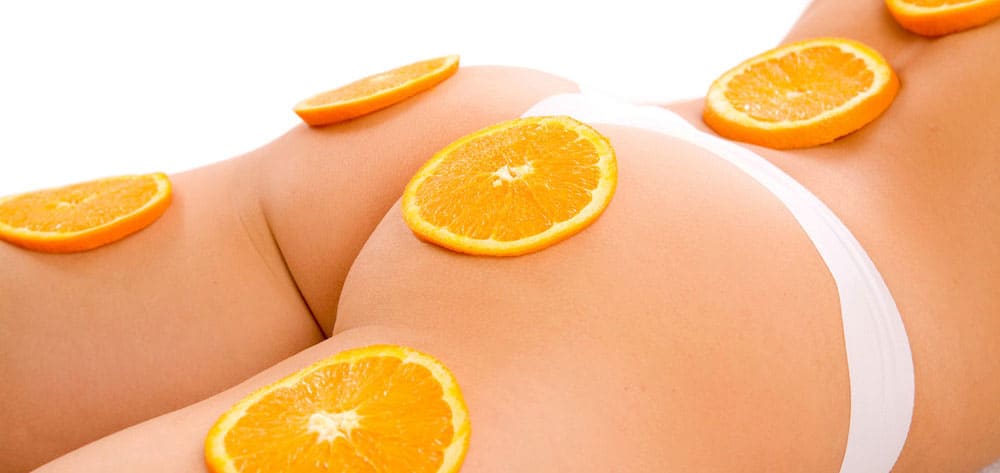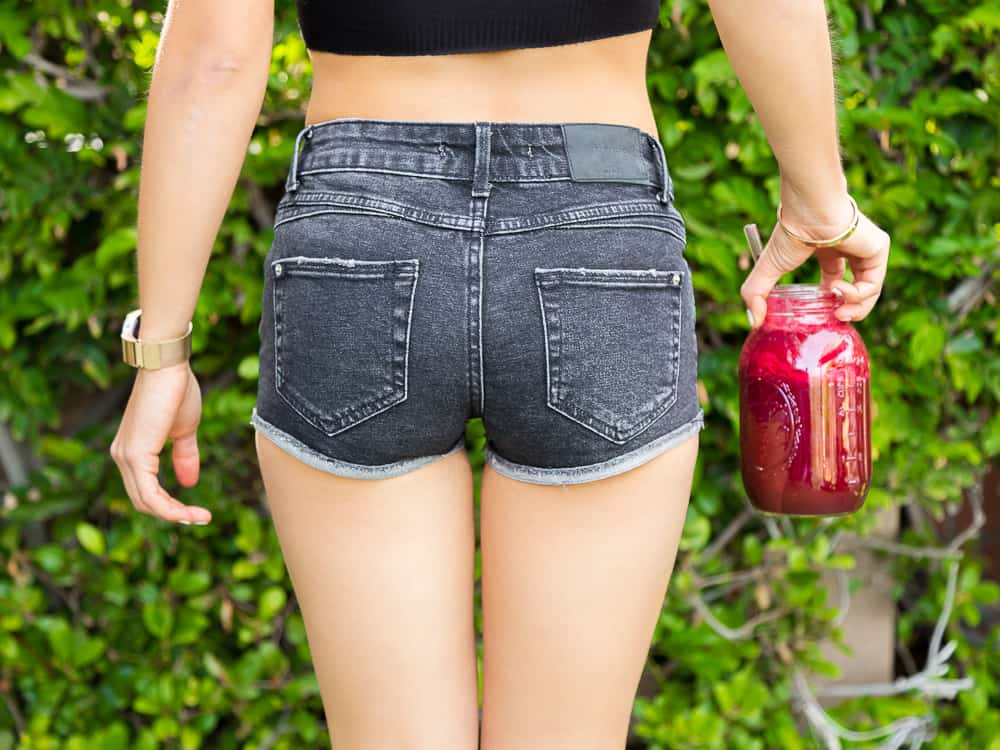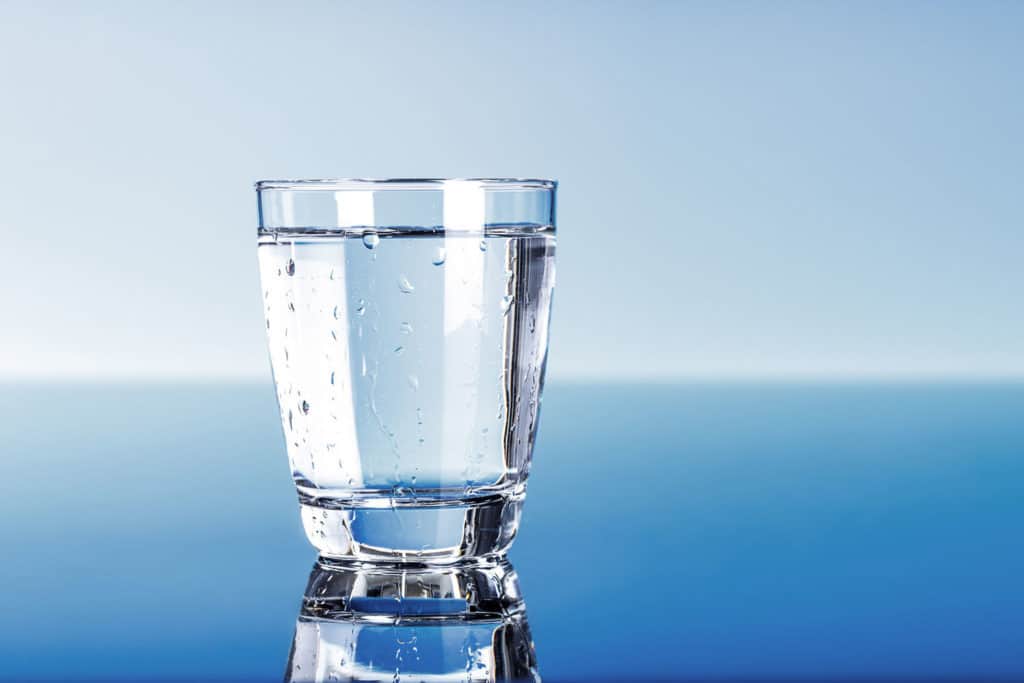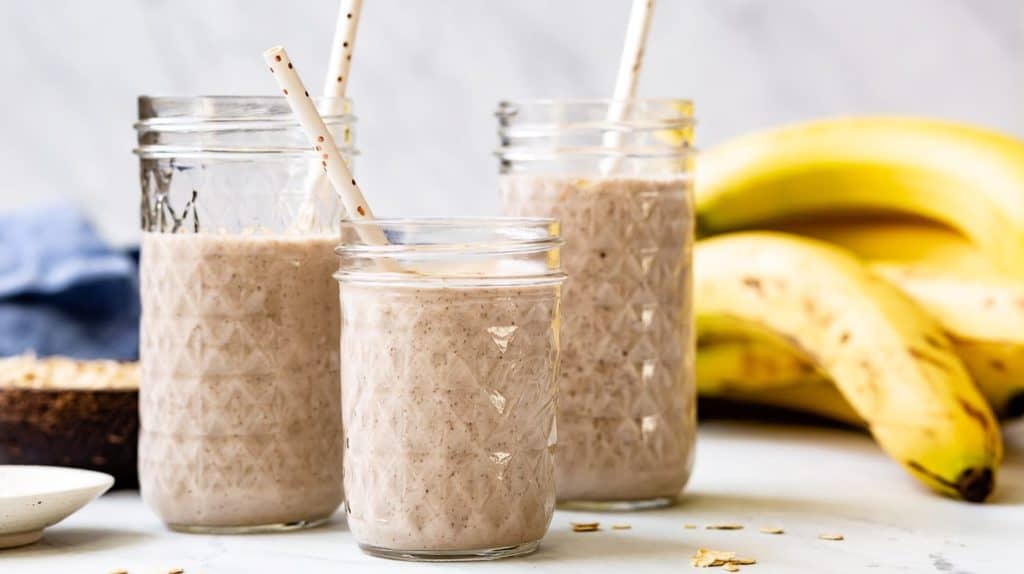Cellulite free lifestyle
15. April, 2019

Lifestyle
Cellulite is the appearance of lumpy or dimpled “cottage cheese skin,” which predominantly develops with age on the legs, butt, stomach and back of the arms. Basically, when you have globules of fat under the skin pushing up against the connective tissue, you have this uneven, “mottled” skin appearance. Some of the factors that contribute to this condition are a lack of exercise, hormone changes and you guessed it — your diet.
The reason adults develop areas of loose skin and cellulite is due to uneven texture of fatty deposits beneath the skin. This condition is more common in women than men, with about 80 percent of women having some measure of cellulite, particularly as they age and the skin loses its elasticity. However, anyone can develop cellulite, even teenagers dealing with weight and hormonal changes.
There are several primary factors contribute to the development of cellulite, including:
• Poor diet
• Fluid retention (which also causes bloating)
• Dehydration
• Lack of circulation (blood flow)
• Weak collagen structure of the skin
• Being overweight or having increased body fat
• Hormonal changes
• Lack of physical activity (a sedentary lifestyle)
How to reduce cellulite?
Eat a Healthy Diet – it’s been shown that reducing extra body fat through means like eating a healthy diet and increasing activity helps reduce cellulite. Losing weight, and then maintaining a healthy body fat percentage, may all help reduce the appearance of cellulite for those who do not wish to resort to liposuction.
Some of the top foods for decreasing or preventing cellulite are:
• Hydrating foods. Because dehydration can lead to bloating and dry skin, try to eat more naturally hydrating foods. These include fresh veggies and fruit, especially melon, berries, cucumber, celery, citrus fruits and fresh herbs. Making Cellulite Slim Down Juice at home is one of the best ways to consume a bunch of these at once.
• High-fiber foods. These include vegetables, nuts, seeds and berries. Fiber helps cleanse the colon, curb hunger, support your metabolism and balance hormones. High-fiber foods containing lots of antioxidants, such as leafy greens or berries, are also beneficial because of their ability to decrease free radical damage (which ages skin).
• Potassium-rich foods. Flushing excess fluids and waste out of cells can help reduce cellulite. Green leafy vegetables, avocados, bananas, coconut water and cultured dairy are all high in potassium.
• Water. Wondering if drinking lots of water is really that important for reducing cellulite? Yes! Water keeps skin hydrated and helps flush out toxic compounds from your body. These fatty globules under the skin harbor toxins and make cellulite more visible. Clean them out by drinking 8–10 glasses of fresh water daily. Well hydrated skin will look more even, with less of a lumpy, dry or aged look.
• Consume more Collagen. Connective tissue – including the layers of the skin – is comprised of collagen. So when the skin is strong, cellulite appearance is diminished. A 2015 study published in the Journal of Medicinal Food found that patients taking 2.5 grams of Bioactive Collagen Peptides experienced reduced “significant decreases in the degree of cellulite and a reduced skin waviness on thighs. Bioactive Collagen Peptides taken for 6 months led to a clear improvement of the skin appearance in women suffering from moderate cellulite.” And as expected, the results were most impressive in women who were overweight.
Try to avoid or reduce these foods, which may cause or worsen cellulite:
Sugar and salt. If you think your diet has no effect on cellulite, think again! Here’s why: Sugar causes fluid retention, inflammation and storage of body fat — all of which can increase the appearance of cellulite. Read labels and aim to reduce or remove added sugar from your diet. Limit your sodium intake as well, because salt is one of the main causes of water retention, which can worsen cellulite and bloating. Stick to my healing foods diet for the best results, which is low in both sugar and salt.
Refined flour and refined grain products. These break down quickly into sugar and are high in calories that can be stored as extra fat.
Food Allergens. Foods like gluten, casein found in most dairy, shellfish and peanuts can cause allergies or inflammation in some. This has negative effects on skin health like potentially decreasing circulation and interfering with normal nutrient absorption.
Trans and hydrogenated fats. Unhealthy fats promote inflammation and can lead to weight gain.
Cigarette smoke has been shown to reduce blood vessel flow and to weaken and disrupt the formation of collagen, allowing for the connective tissue to become stretched and damaged more easily and for underlying fat to show through.
Written by nutritionist Riin Reimer
References:



